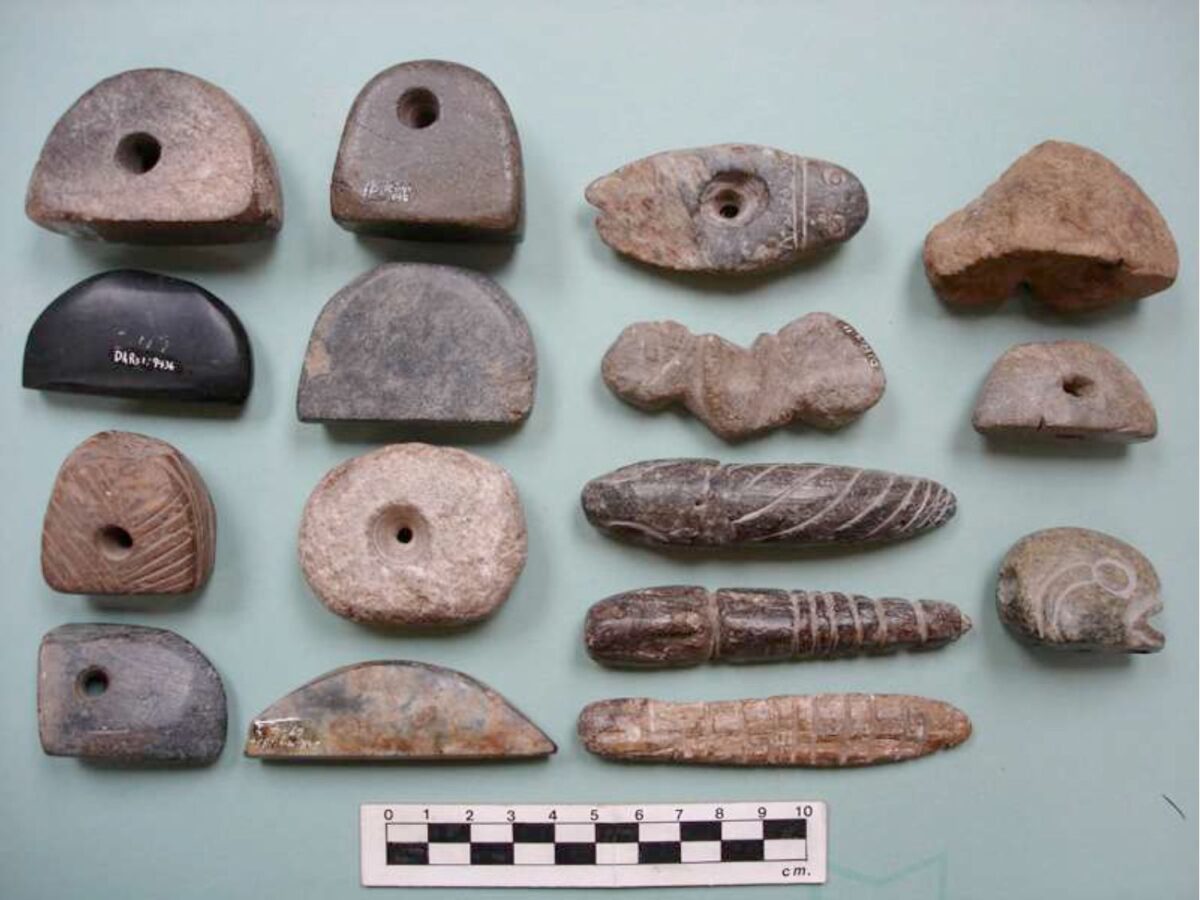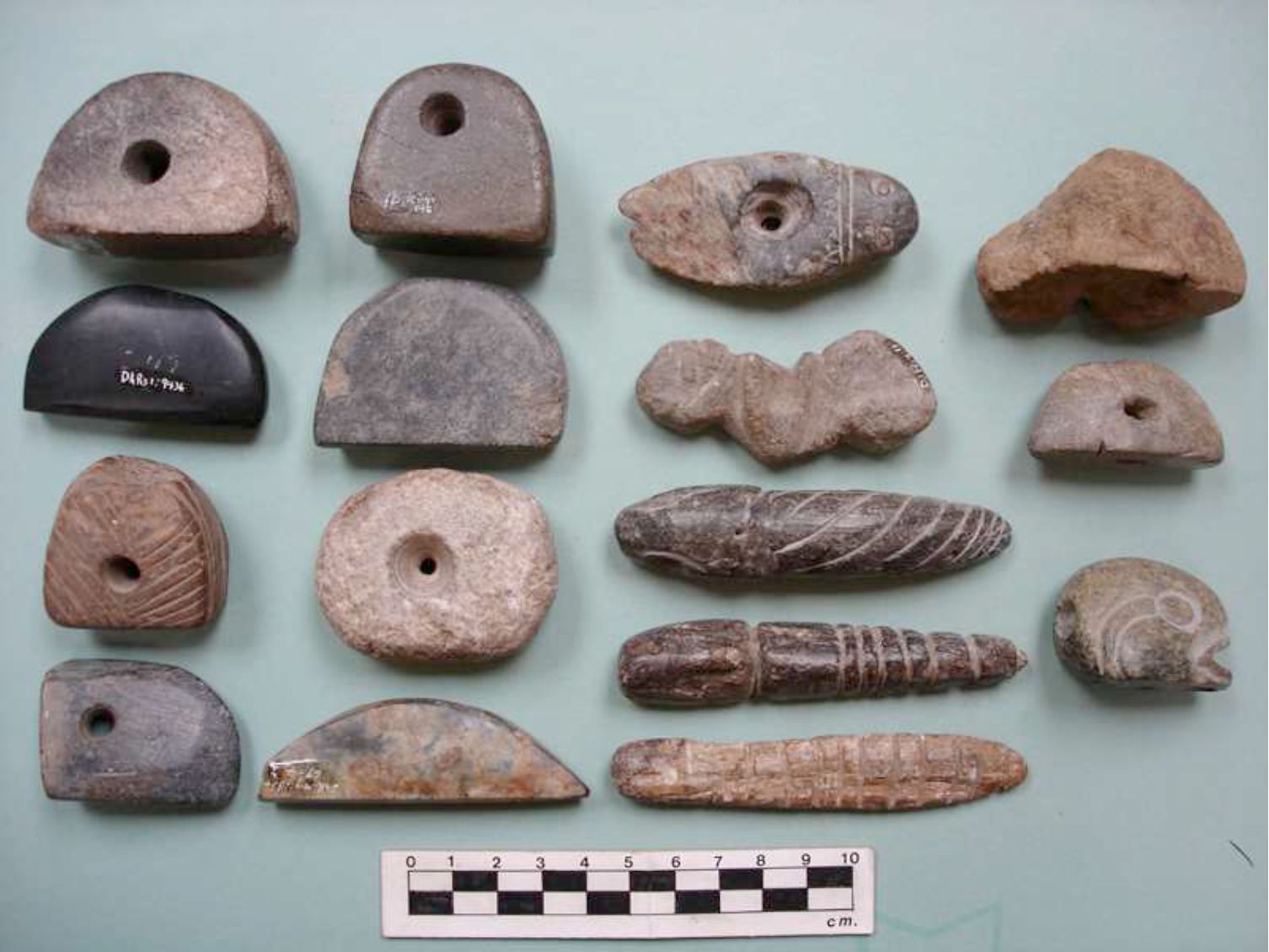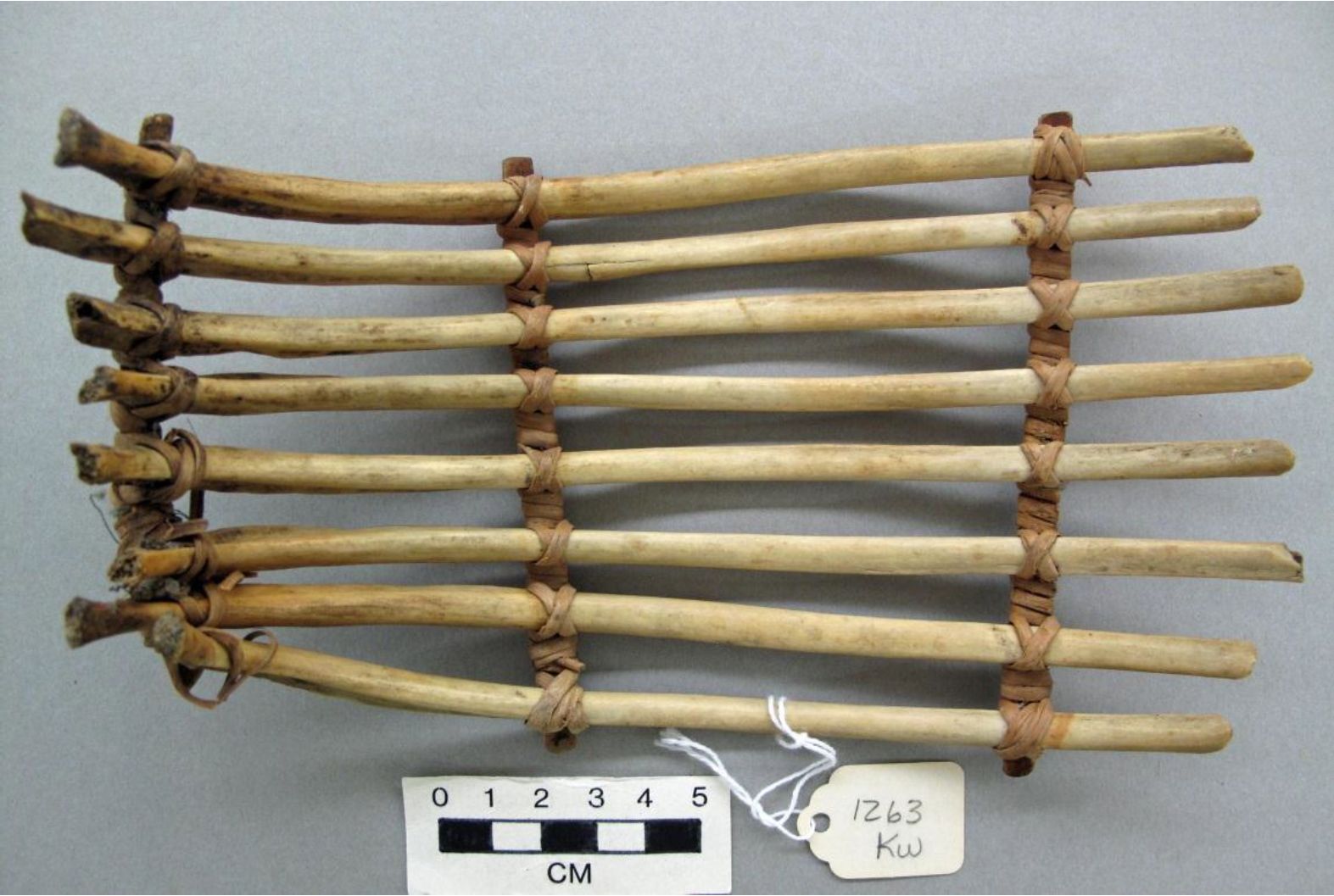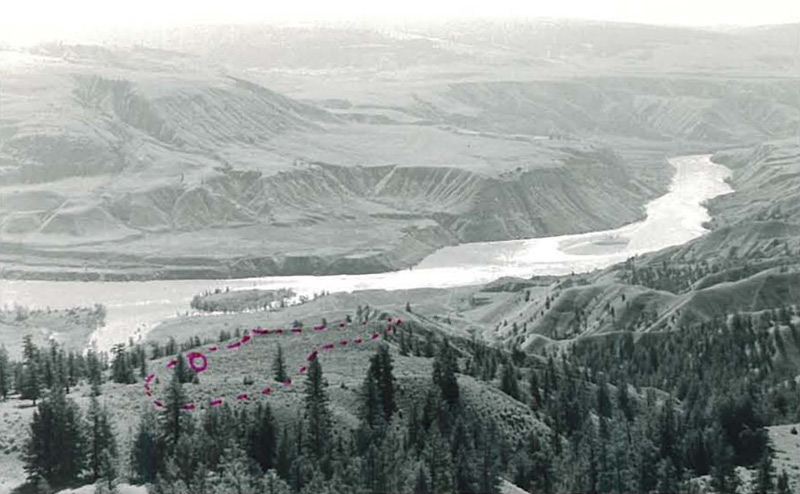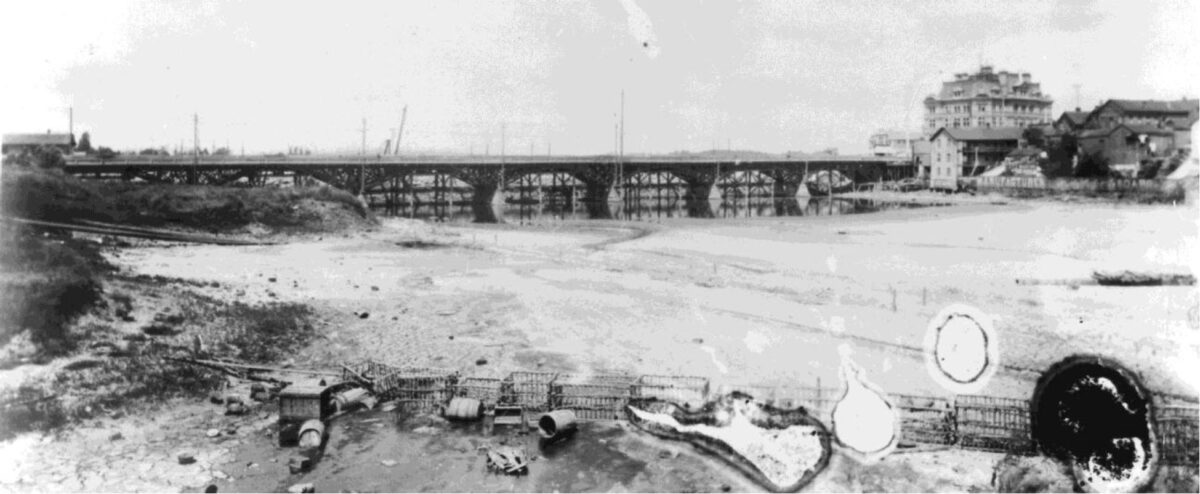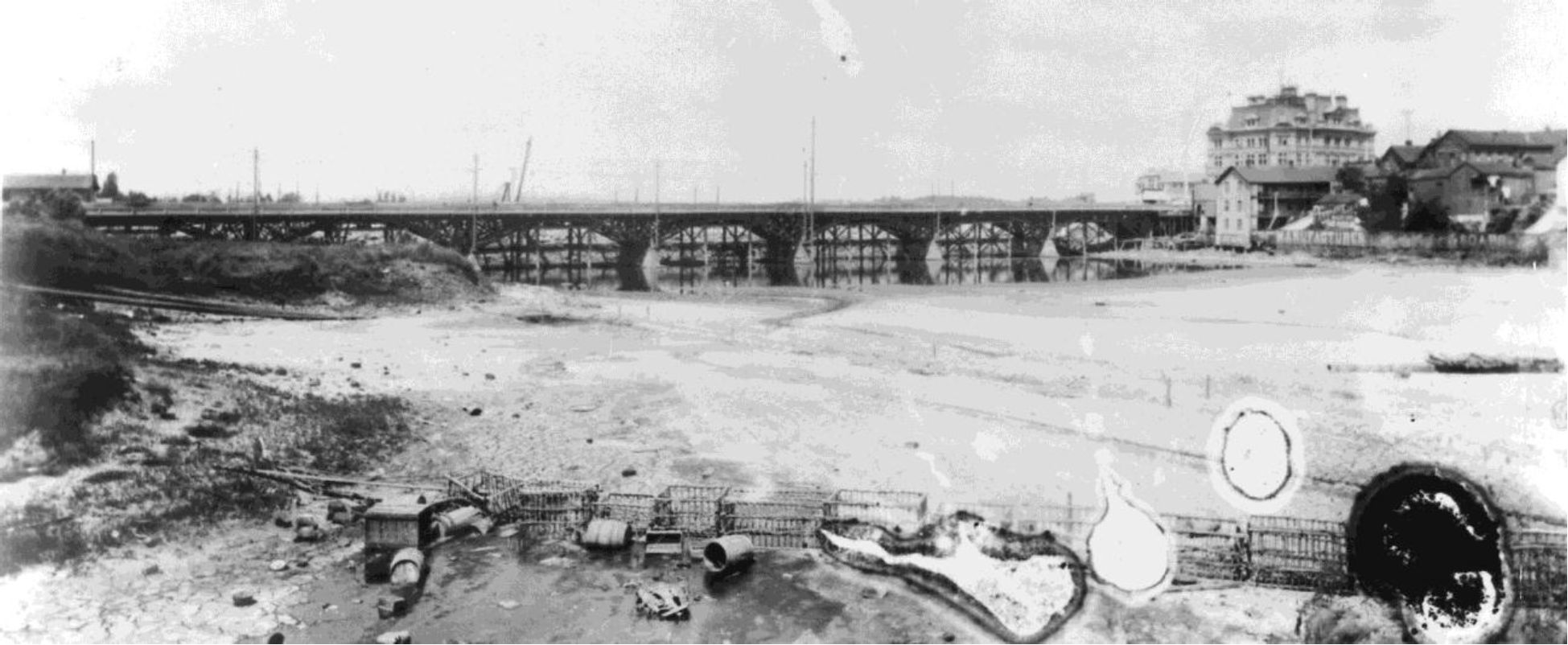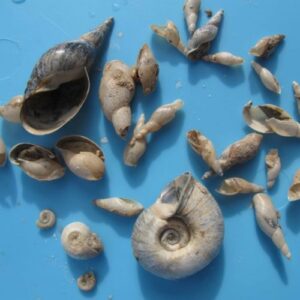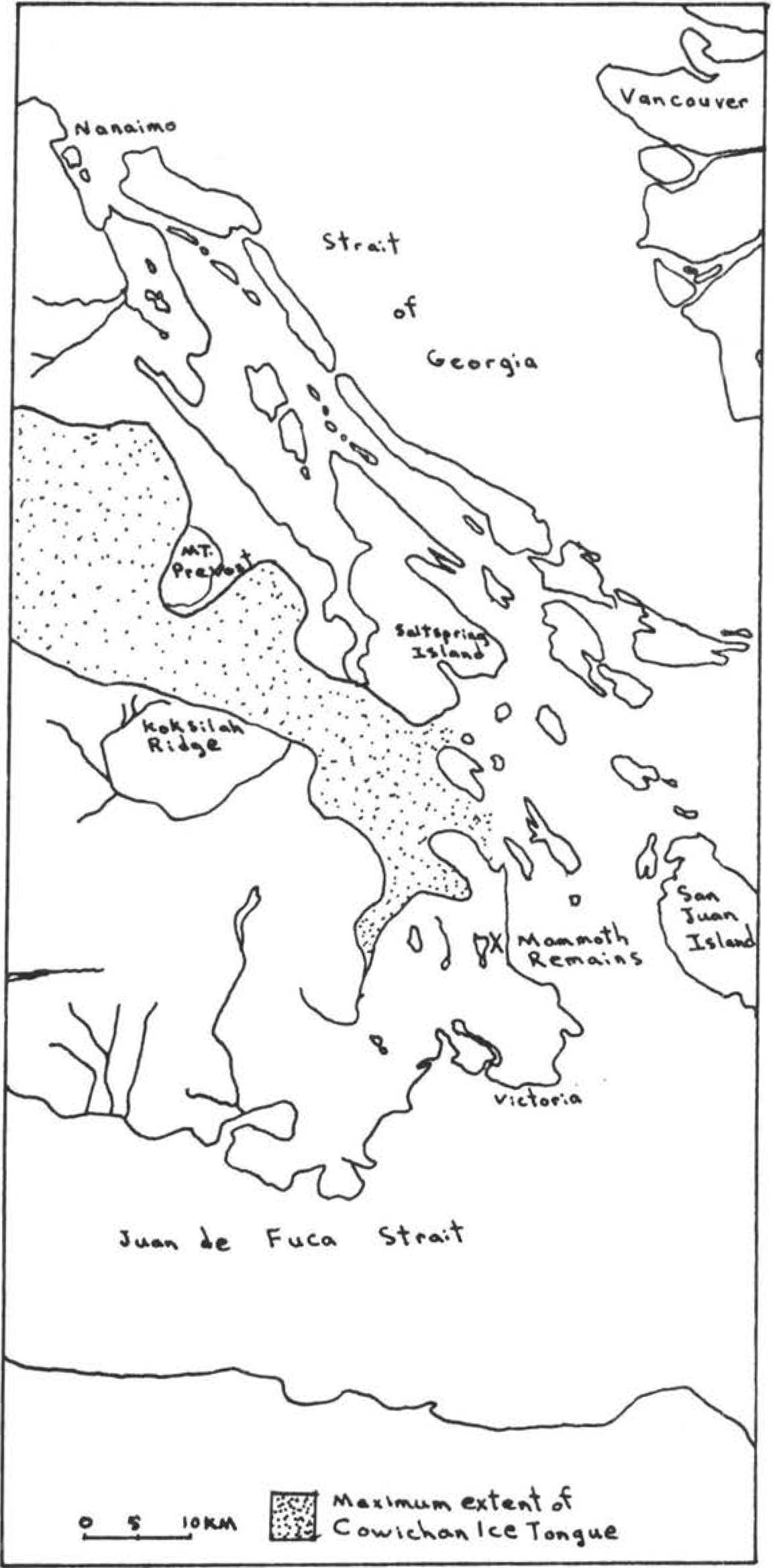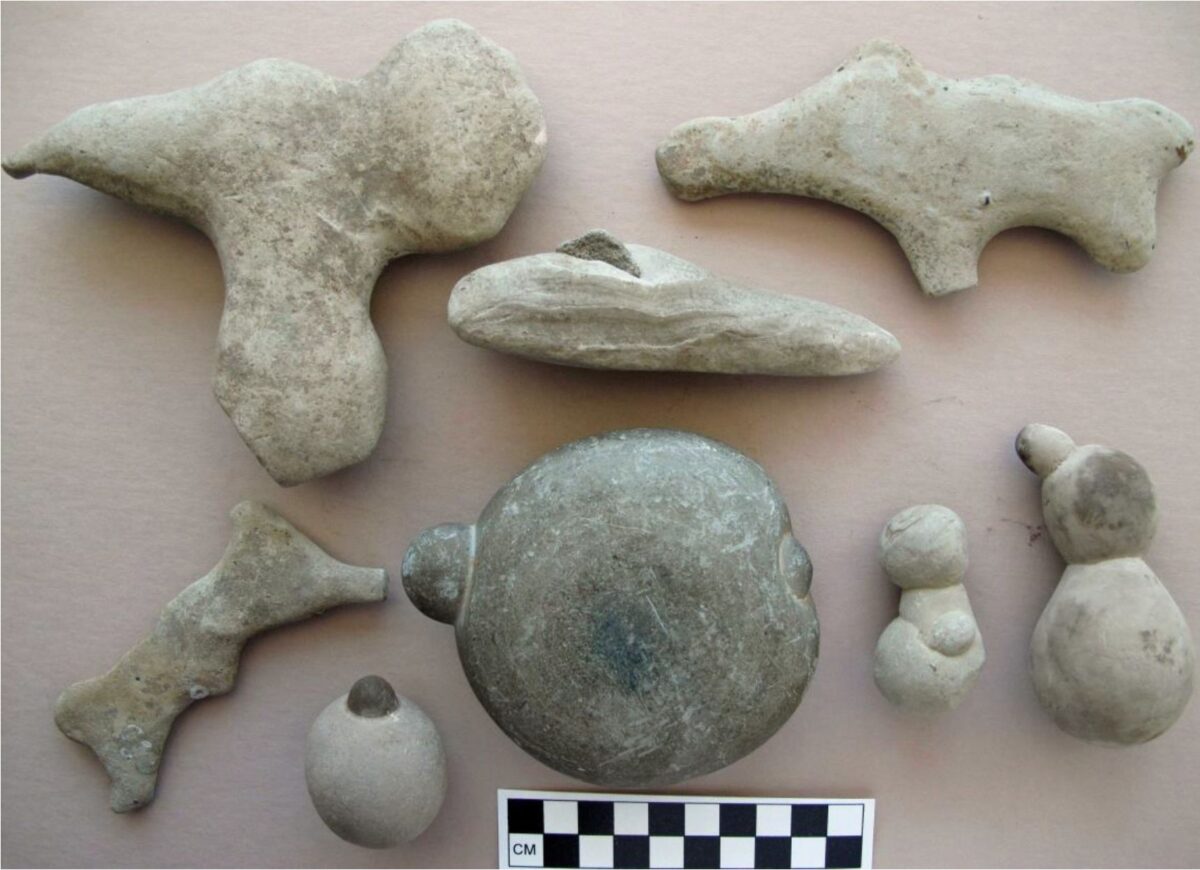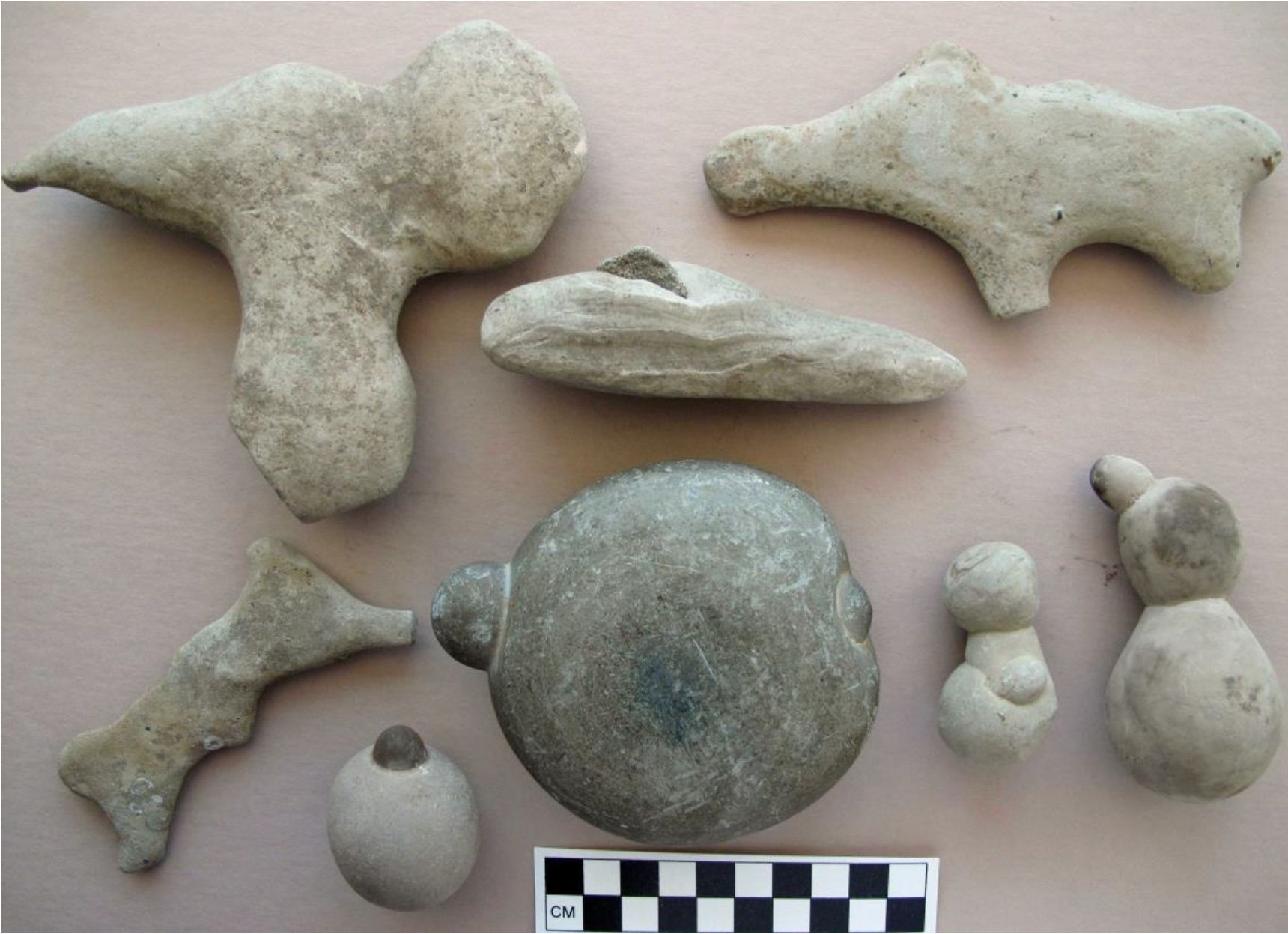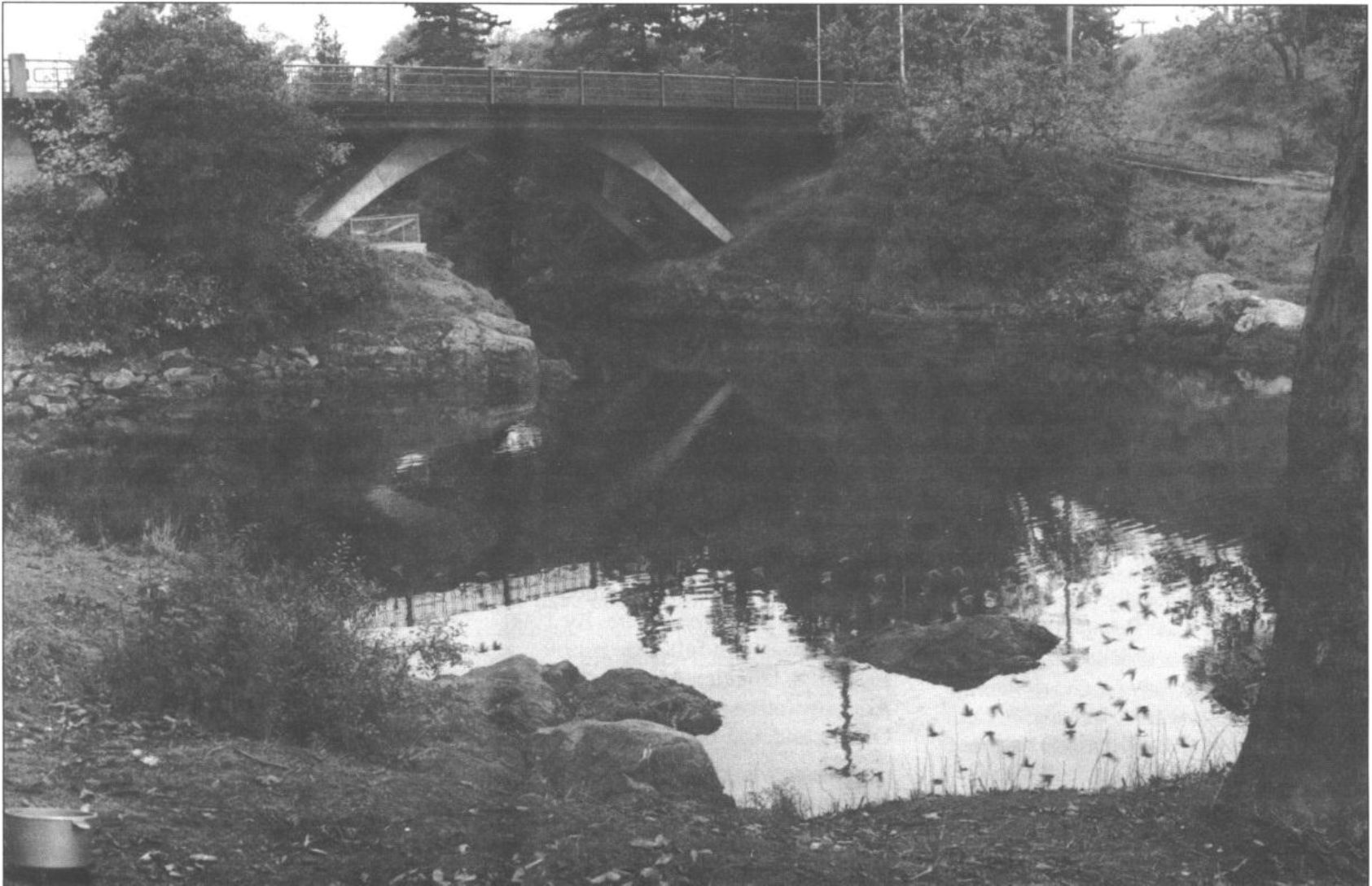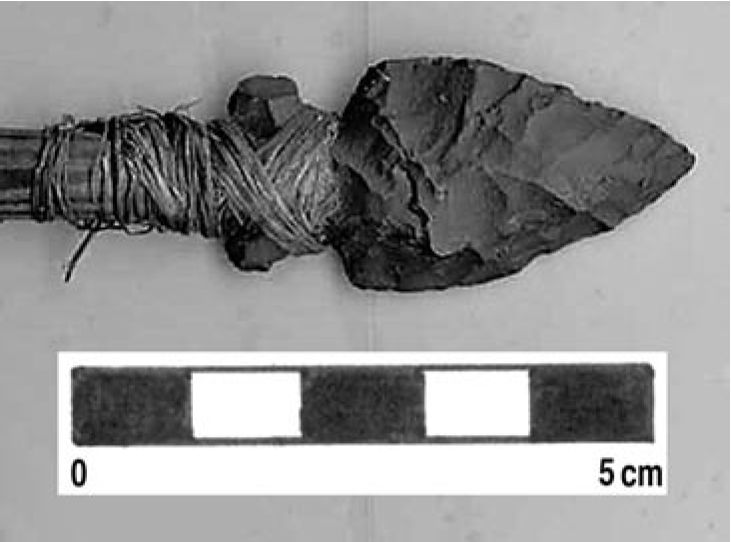
Originally Published in Canadian Journal of Archaeology, 29(1), 113-123. By Grant Keddie and Erle Nelson. March 2005. Abstract An almost complete arrow found in British Columbia in the early 20th century has been re-discovered in the Royal BC Museum collections. Speculation as to its antiquity was tested by radiocarbon dating, which reveals that the artifact was likely made in the middle of the second millennium AD. The arrow was compared to recent finds of both arrows and darts from glaciers and ice patches. The failure of this specimen to clearly fit the criteria of either of these weapon technologies raises some new questions. Introduction In 1924, at an elevation over 2,100 meters above sea level, land surveyor John Davidson found … Continue reading “An Arrow from the Tsitsutl Glacier, British Columbia”
